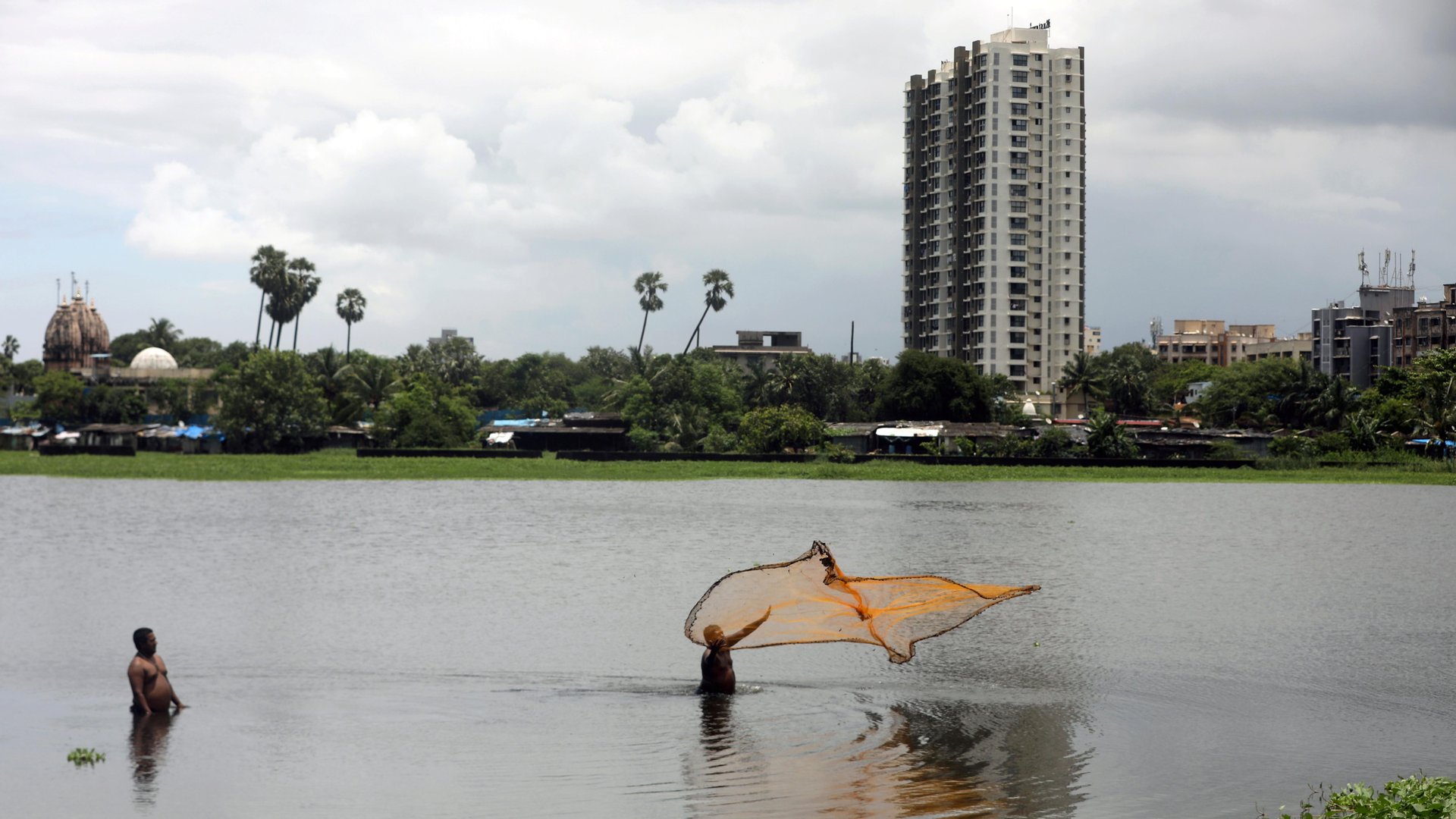More than half of India's water bodies are private property
India's first water body census enumerates 2.4 million of them

Around 55% of India’s water bodies are privately owned, with most lying in the states of West Bengal, Assam, Andhra Pradesh, Odisha, and Jharkhand.
In all, the country has 2.4 million water bodies, according to the first-ever exercise to enumerate them carried out in 2018-19.
India’s first water census report (pdf) defines a water body as a structure where “water from ice-melt, streams, springs, rain or drainage of water from residential or other areas is accumulated, or water is stored by diversion from a stream or a river.”
Of all water bodies in India, 97.1% are in rural areas; 2.9% in urban areas. The functional or “in-use” water bodies are used for pisciculture, irrigation, and groundwater recharge, the report said. Moreover, 78% of them are man-made, and the rest are natural.
The Indian Express reported that seven types were excluded from the count:
- oceans and lagoons
- free-flowing ones like rivers and springs
- swimming pools
- covered tanks used by a family or household
- tanks built for the use of water as raw material or consumable in factories
- temporary water bodies that may get filled during the rains
- open water tanks created for cattle
India’s water crisis is complex
The availability of safe drinking water has been a major challenge in the world’s most populous nation. Contamination and a lack of access to piped supply, together with the effects of climate change, have caused acute water stress in the country.
“Two-thirds of India’s 718 districts are affected by extreme water depletion,” according to Unicef. “Close to 54% of rural women—as well as some adolescent girls—spend an estimated 35 minutes getting water every day, equivalent to the loss of 27 days’ wages over a year.”
Roughly 6% of India’s population, which is more than 91 million people, lacks access to safe water, according to the global non-profit Water.org.
In drought-prone states like Maharashtra, which have only 7.2% of India’s water bodies in all, governments have had to transport water by train. Agriculture has suffered, too, due to water scarcity, especially since India’s crops are often water-intensive, be it sugarcane, paddy, or cotton.
